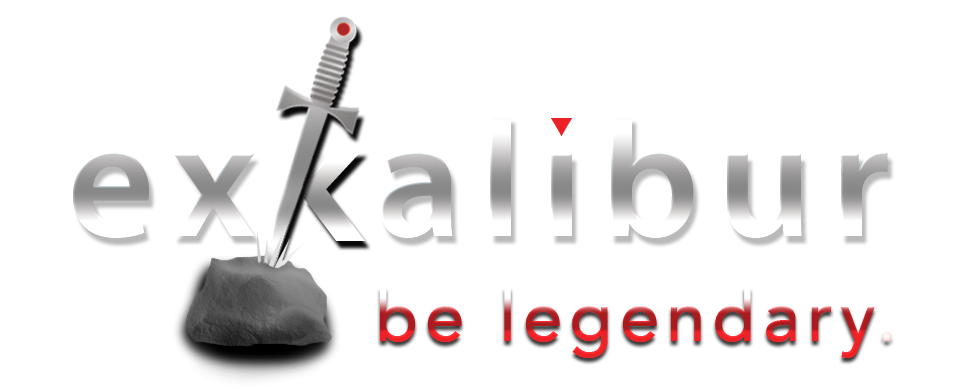“If I am through learning, I am through.”– John Wooden
Some of you will remember – back in the day – the E. F. Hutton commercials that intoned, “When E.F. Hutton speaks, people listen.” (Some of you are probably wondering – who is E.F. Hutton in the first place?) These days, the Sage of Omaha has taken their place and has the ear of many. When I finished re-reading Warren Buffett’s Annual Letter to Shareholders, it resonated with similar messages in a number of recent articles.
What is growth?
From a Wall Street Journal article on March 25 discussing Conoco/Phillips’ future plans: “We asked ourselves, ‘What is growth?’” an executive said. “Growth could be viewed as just growing absolute volumes, but we felt that in this challenging environment what’s really important is to grow the value of the company.”
Or this one, from an article in the April 5 edition of Business Week about the Sears/K-Mart merger: “Simplistic analyses … ignore the fact that negative or below-market returns on invested capital are as harmful to creditors as to shareholders.”
Finally, in Warren Buffett’s shareholder letter, he describes the predictability of earnings as one important measure that Berkshire Hathaway watches in companies in which it invests. He also declared, “The best businesses by far for owners continue to be those that have high returns on capital and that require little incremental investment to grow.”
Esoteric Financial Jargon or Hard Cold Cash?
Most middle market executives chalk up these concepts about the return on invested capital or the growth in the value of the company as esoteric stock market jargon, of interest only to a small clan of analysts and money managers, with little applicability to their companies. Moreover, their grasp of the fundamental concepts of cash flow are often misplaced, mired in misleading notions of EBITDA and profits as though they are reliable measures of cash flow.
Interestingly, seminars about valuation are generally a pretty good draw because business owners are fascinated by how to value their companies and are constantly on the prowl for characteristics that would enhance that value. In many cases, however, they’re looking for a silver bullet to make up for their poor financial performance, hoping through some mystical transformation that their business will be worth more than its true value. Yet, when those same business executives should be doing the work to drive that value, they’re barely conscious of the relationships among concepts like cash flow before financing, cost of capital, valuation or returns on assets and invested capital. Too often, they focus on popular valuation shibboleths rather than the core principles underlying true realizable value.
Do you know your Cost of Capital?
Here’s a simple example. It would never occur to you to buy a product for $1 and offer to sell it for $0.80, would it? That’s ludicrous, you’d say, “I wouldn’t knowingly sell a product for less than I paid for it.” But, do you know if your return on capital exceeds your cost of capital? Why wouldn’t you be equally unwilling to earn 5 percent on invested capital that costs 8 percent, for example? Do you think that potential buyers of a company will highly value an enterprise that can’t earn more than its cost of capital? Most business owners don’t know their cost of capital in the first place, so they don’t know whether the return on their investments exceeds their cost of capital … even though in a comparable cost-of-goods sales context, they would never overlook these important relationships.
These are not arcane topics relegated to the back offices of investment analysts. Rather, they represent important drivers of business performance with a direct connection to the cash flow that fuels your company as well as to the realizable value that you’ll expect when ownership of your company is transferred. With a deeper understanding of strategic finance, you can regularly measure your progress and calculate whether you’re creating or destroying value. After all, that’s what your banker will do and what the marketplace will do to shareholder value when it’s time to transfer ownership.
Stay tuned over the next several months as we explore some of these critical principles. If you do, you will be able to integrate these important strategic finance concepts into your business to increase cash flow, improve business performance and reward your shareholders.
KBO.
**********************************************************************************
The North Bay Business Journal, a publication of the New York Times, is a weekly business newspaper which I have served as a regular columnist for more than two years. The Business Journal covers the North Bay area of San Francisco – from the Golden Gate bridge north, including the Wine Country of Sonoma and Napa counties.
******************************
Article published – April 5, 2010
Any related materials or articles referenced in the published column, or otherwise applicable, are referenced in this digital version of the article.


